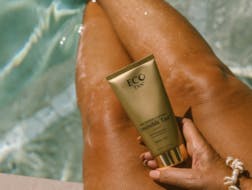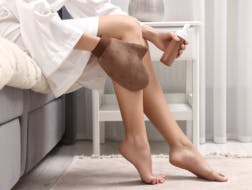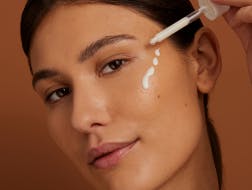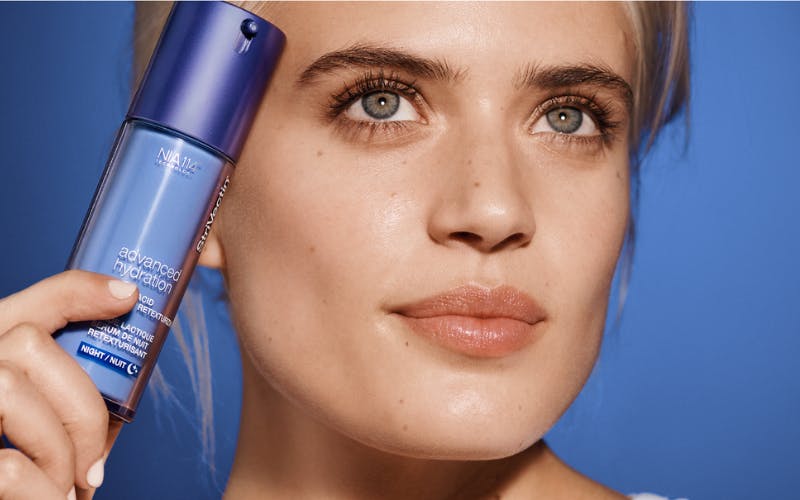Lactic Acid: A Guide
Five tips for using this game-changing ingredient
Blog Credit: StriVectin
Lactic acid is getting lots of love for its exfoliating superpowers. And unlike other Alpha-hydroxy acids, Lactic not only exfoliates but also moisturizes (hello, winter skin) while gently resurfacing dull dry skin. Want to learn more about lactic and how to add it to your skincare regimen? Read on.
Who should use it?
If you're looking to target dull, dry skin quickly, lactic acid is a great choice. It also has excellent anti-aging benefits and helps reduce lines and wrinkles and is a great ingredient when you want to go for glow.
What can I expect?
There are so many reasons to love lactic acid from exfoliating and clarifying skin for super soft, smooth skin to improved texture, luminosity, and glow. Skin tone will appear more even, and fine lines and the look of pores will be visibly reduced.
What step in my skincare routine is good for lactic acid?
When we think of the acid family, we often think of masks, but lactic acid is great as a serum step. Serums are a formidable vessel to deliver ingredients into the skin. Use after cleansing and toning and before moisturizing.
How often should I use it?
Many skincare experts recommend going slow when you first start using lactic acid, but ours is gentle enough for regular use. But because of its restorative properties, it's best to use lactic acid at night.
What products go well with lactic acid?
Because of its exfoliating nature, it's best to avoid other AHAs when using lactic acid. We recommend pairing it with a moisturizer like SD Advanced™ PLUS Intensive Moisturizing Concentrate, or one that contains hyaluronic acid like our Re-Quench Water Cream Hyaluronic + Electrolyte Moisturizer and contrary to most skincare sources; you can pair lactic with retinol, as long as it's a gentle take on the gold standard ingredient.
And don't forget to add some SPF to your line-up when using lactic acid. Though exfoliation is the best route to getting rid of dead skin cells, the skin becomes more vulnerable to harmful UV damage.


.png?ixlib=gatsbyFP&auto=compress%2Cformat&fit=max&rect=0%2C0%2C252%2C190&w=252&h=190)
.png?ixlib=gatsbyFP&auto=compress%2Cformat&fit=max&rect=68%2C0%2C663%2C500&w=252&h=190)
















